Work
Work in science is defined as the application of a force over a distance. When a force is applied to an object and causes it to move, work is being done on the object. The formula for calculating work is:
Work (W) = Force (F) x Distance (d) x cos(θ)
Where:
- W = work done (in joules)
- F = applied force (in newtons)
- d = distance moved in the direction of the force (in meters)
- θ = angle between the force and the direction of motion
Study Guide
Here are some key points to understand about work:
- Work and Energy: Work is closely related to energy. When work is done on an object, energy is transferred to or from the object. This is the basis for the work-energy theorem.
- Units of Work: The SI unit of work is the joule (J). It is also equivalent to a newton-meter (N⋅m).
- Direction of Force: The force and the displacement must be in the same direction for the maximum work to be done. When the force and displacement are perpendicular, the work done is zero.
- Calculating Work: The work done can be calculated using the formula W = Fd cos(θ), where θ is the angle between the force and the displacement.
- Positive and Negative Work: When the force and the displacement are in the same direction, the work is positive. When they are in opposite directions, the work is negative.
Understanding the concept of work is important in various fields of science and engineering, including physics, mechanics, and thermodynamics.
[Work] Related Worksheets and Study Guides:
.◂Science Worksheets and Study Guides Sixth Grade. Introduction to Animals
Study Guide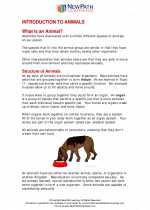 Introduction to Animals
Introduction to Animals  Activity Lesson
Activity Lesson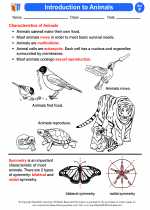 Introduction to Animals
Introduction to Animals  Worksheet/Answer key
Worksheet/Answer key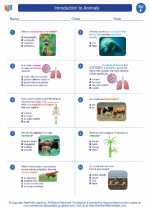 Introduction to Animals
Introduction to Animals  Worksheet/Answer key
Worksheet/Answer key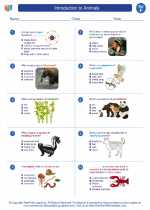 Introduction to Animals
Introduction to Animals  Worksheet/Answer key
Worksheet/Answer key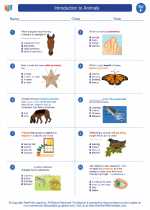 Introduction to Animals
Introduction to Animals  Vocabulary/Answer key
Vocabulary/Answer key Introduction to Animals
Introduction to Animals  Vocabulary/Answer key
Vocabulary/Answer key Introduction to Animals
Introduction to Animals  Vocabulary/Answer key
Vocabulary/Answer key Introduction to Animals
Introduction to Animals  Vocabulary/Answer key
Vocabulary/Answer key Introduction to Animals
Introduction to Animals 

 Activity Lesson
Activity Lesson
 Worksheet/Answer key
Worksheet/Answer key
 Worksheet/Answer key
Worksheet/Answer key
 Worksheet/Answer key
Worksheet/Answer key
 Vocabulary/Answer key
Vocabulary/Answer key
 Vocabulary/Answer key
Vocabulary/Answer key
 Vocabulary/Answer key
Vocabulary/Answer key
 Vocabulary/Answer key
Vocabulary/Answer key

The resources above cover the following skills:
LIFE SCIENCE
From Molecules to Organisms: Structures and Processes